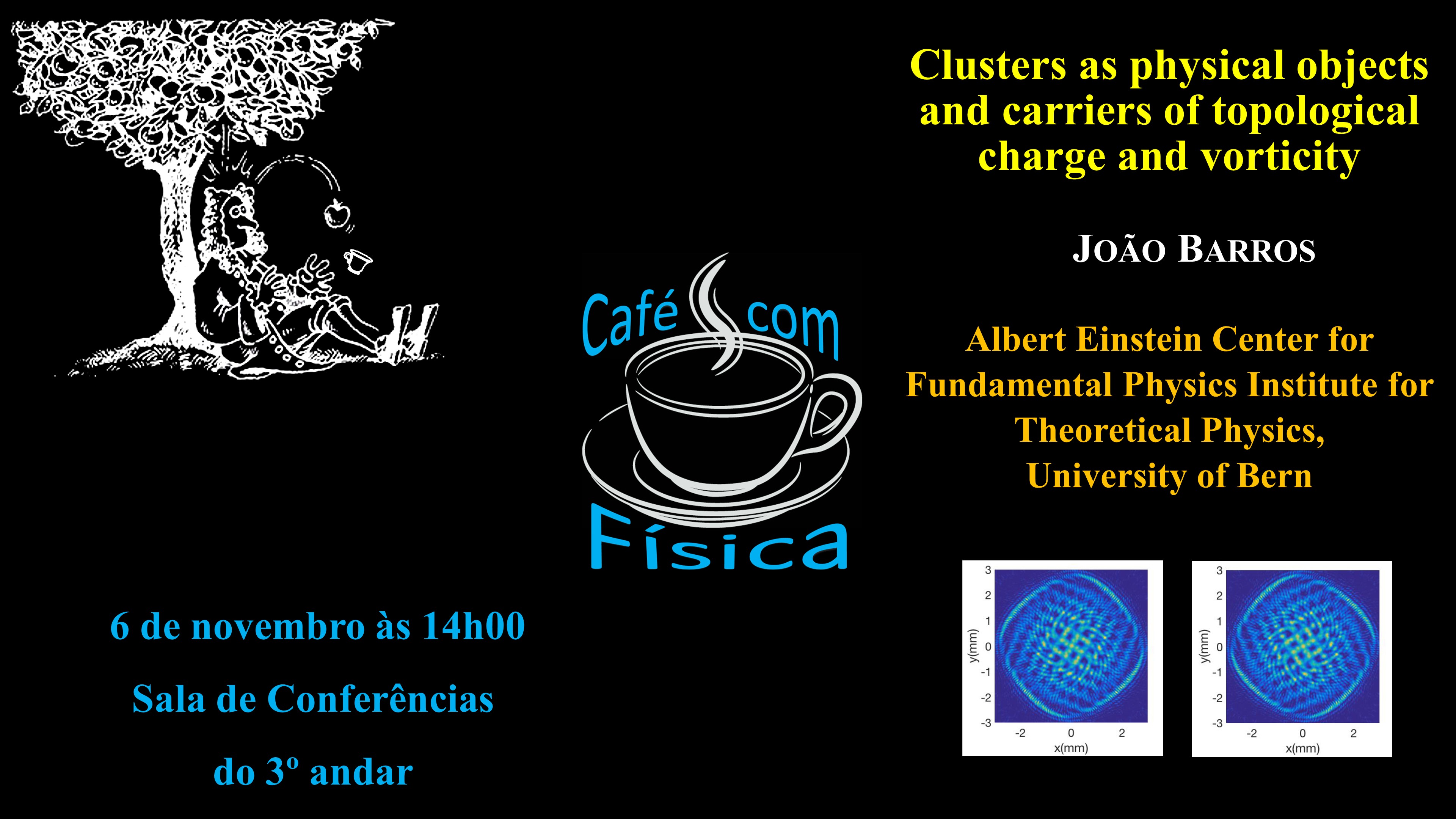Café com Física
Clusters as physical objects and carriers of topological charge and vorticity
by
→
Portugal
Sala de Conferências (Departamento de Física)
Sala de Conferências
Departamento de Física
Universidade de Coimbra
Description

In O(N) non-linear σ-models on the lattice, the Wolff cluster algorithm is based on rewriting the functional integral in terms of mutually independent clusters. In this algorithm, configurations are decomposed into a set of independent clusters which group together correlated spins. Through improved estimators, the clusters are directly related to physical observables. In the (N-1)-d O(N) models the clusters can carry an integer or half-integer topological charge. In other models, like 2-d O(2) model, the topology is trivial. Here, however, clusters can carry pairs of semi-vortices and semi-anti-vortices at their boundary.
I will show that the histograms of the cluster-size distributions scale in the continuum limit, with a fractal dimension D, which suggests that the clusters are physical objects. In the simplest example, the 1-d O(2) model, this can be demonstrated analytically. Despite its simplicity, this model provides a very good illustration of the principles behind these results. Using it as an instructive and pedagogical example, I shall extend the results, numerically, to the 2-d O(2), 2-d O(3), and 3-d O(4) models. I will discuss their specific features and the insights that the cluster description can provide, through improved estimators, into the topological features of their dynamics.
Organised by
Filipe Veloso e Pedro Costa
